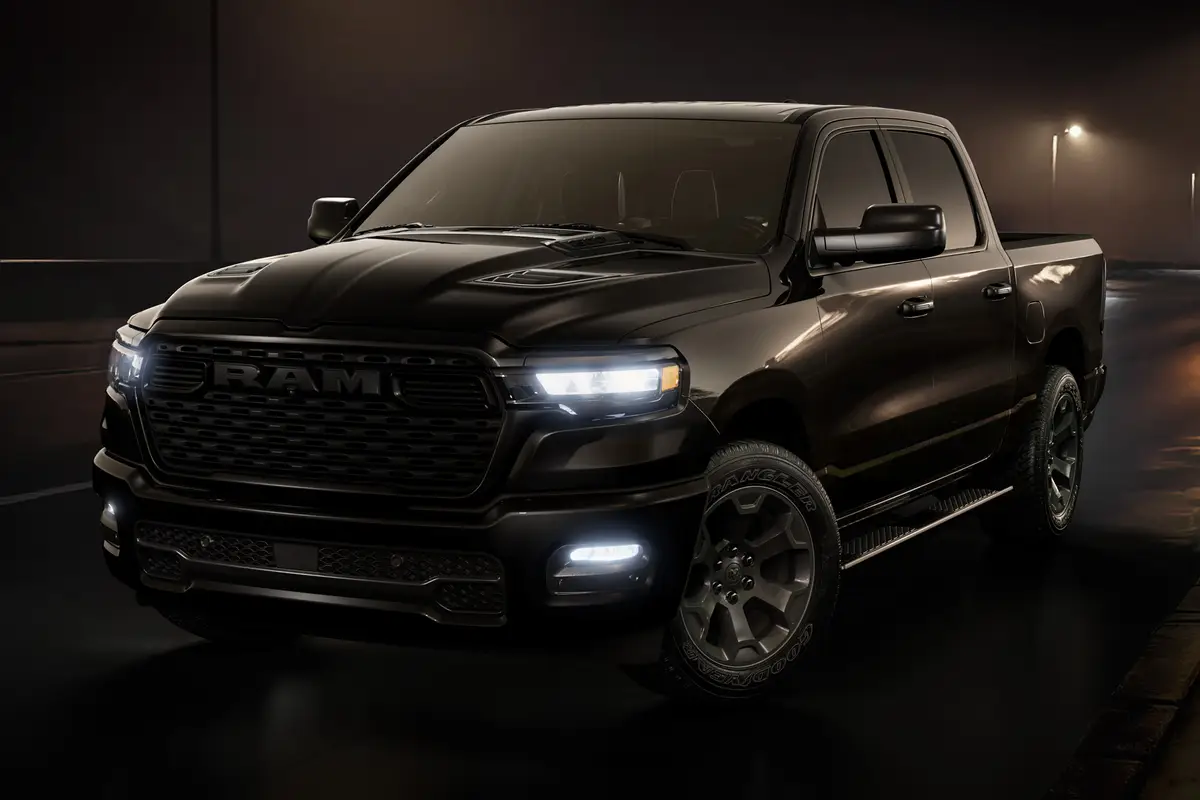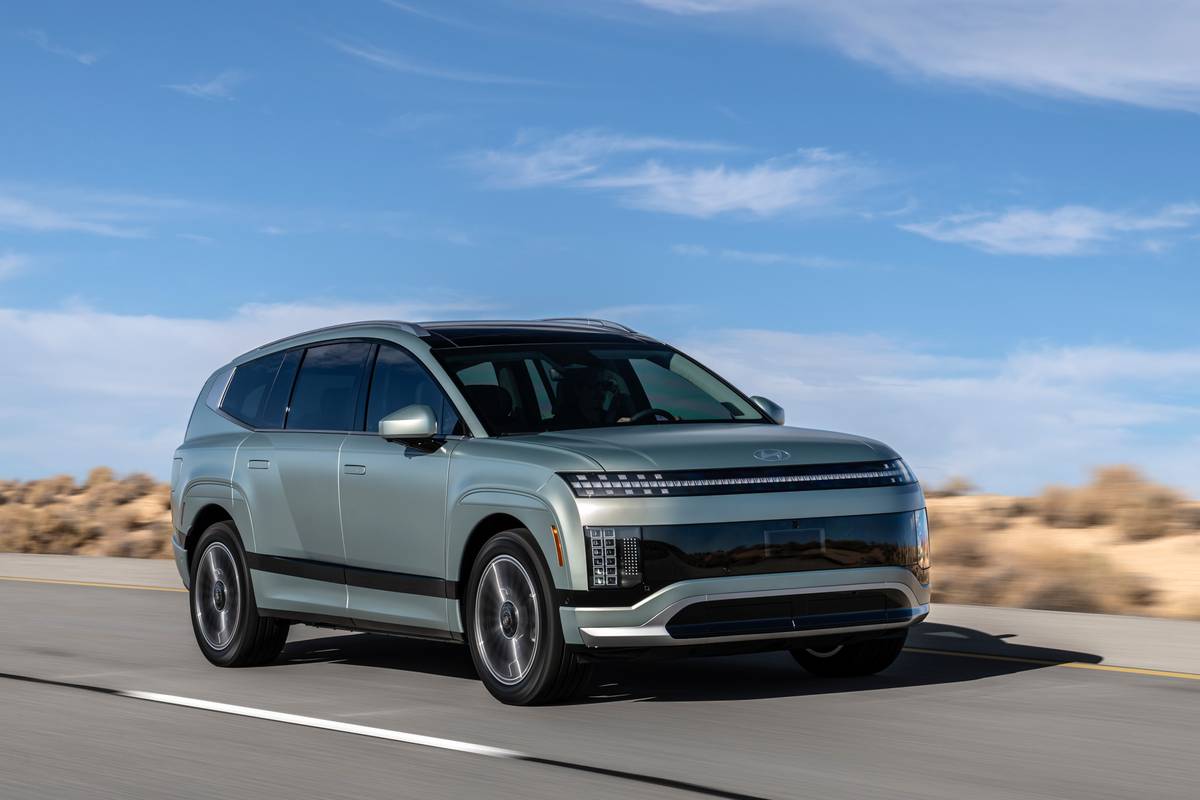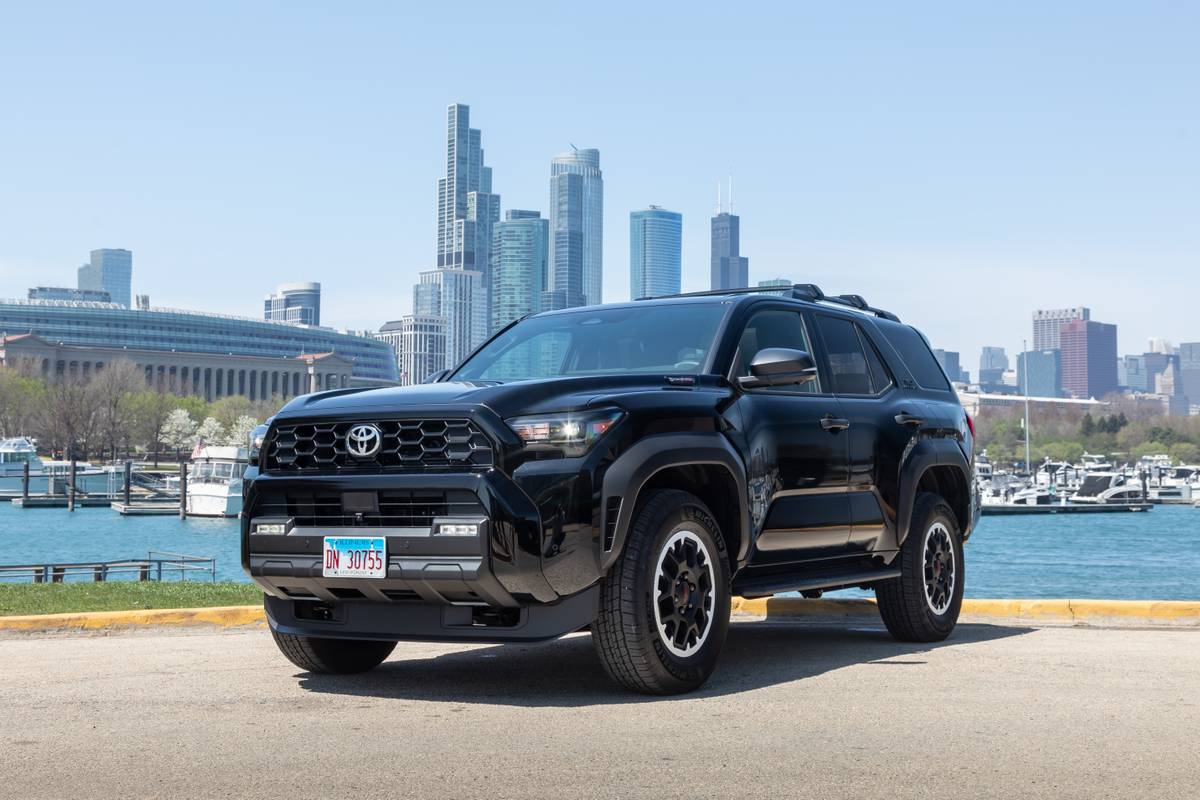The Morning Call and Mcall.com's view
Renault, once left for dead in the automotive world, has staged a strong comeback in the past few years, although most Americans know more about snowboarding than they do about the French auto industry.
Having brought Renault back from the brink of extinction, Carlos Ghosn, chief executive officer, bought a controlling interest in Nissan.
Nissan needed help.
According to trade publication Automotive News, in 1999, only 12 percent of Nissan’s Japanese car lines were profitable. Ouch.
So it was the French who rode to the rescue.
Ghosn wants to please the customer as well as the bottom line, and the new Nissan Altima is clear proof of this.
If you remember what the car used to look like, consider yourself a car afficionado. Most people wouldn’t remember its anonymous shape.
You can’t say that now, for the Altima has gone from mild to wild.
It has a high belt line and large, arching greenhouse with a coupe- like profile that recalls the VW Passat.
Large lamps front and rear have exquisite detailing, lending the car a more expensive look. The cutouts on the bumper for the dual exhaust, along with a trunk-mounted spoiler help make the sedan look sporty, but the car does suffer from a heavy rear.
But, the 2002 Altima looks huge compared with the old car and that’s no illusion. The Altima is 1.3 inches wider. The wheelbase has grown 7.1 inches, with overall length increasing 5.7 inches. The car now measures 191.5 inches long, or longer than the more expensive Maxima. It’s also longer than its Japanese competitors, the Toyota Camry and Honda Accord. This addresses one of the past problems: its smaller size versus the competition.
One of the other problems was the Altima’s lack of a V-6 engine. No longer. A new 240-horsepower 3.5-liter double-overhead-cam V-6 is offered on the top-level SE. The car also is available in Base, S and SL trim levels, but they’re powered by a 2.5-liter DOHC four- cylinder that produces a healthy 175 horsepower, almost as much as some V-6s.
All cars are available with a five-speed manual or four-speed automatic.
The test car came with the 3.5-liter engine, similar to the ones used in the Maxima, Infiniti I-35 and upcoming Nissan 350Z and Infiniti G35 models.
While those other models have 255 horsepower, the Altima must make do with a “mere” 240. The bottom line: this thing flies.
Blip the throttle and response is instantaneous, no lag, no hesitation. There is some torque steer, with the wheels wanting to pull the car to one side. It can be corrected, but you’ll have to hang on tight. The optional traction control ($299) helps somewhat.
Handling is quite good; steering is light, but quick. This limited the joy one typically feels in a sedan that handles as well as this one does, since the feedback was almost non-existent.
Body lean is moderate. Braking is excellent, with short, straight stops thanks to the standard four-wheel disc brakes. They’re standard in all trim levels. Anti-lock brakes are available as an option in a $749 package that includes side airbags. It’s worth every cent.
The suspension is fully independent, unlike the more expensive Maxima or I-35. Still, they seem to have a better ride, although not necessarily better handling.
The SE’s ride was extremely firm, almost harsh. It also was extremely noisy, with lots of road and tire noise. In addition, there was an annoying rattle that seemed to emanate from either the suspension or exhaust.
The only thing to do was turn up the stereo.
The excellent, but optional, Bose audio system had eight speakers, but lacked a cassette deck. Still, the 6-CD changer was mounted in the dash. The sound was enough to make any opera-loving Frenchman proud.
The cabin has an imaginative ashboard that easily matches the expressive styling of the exterior. The instrument cluster features three, round recesses for gauges that recall the early ’70s Ford Torino, not a pleasant memory in my book. But the dash is easy to understand and operate, with the stereo mounted high on the dash. The climate control was just below it.
The bucket seats were covered in leather, which is part of a $1,549 option package that includes wood trim and automatic climate control. The seat heaters (part of a $299 Cold Weather package) were nice in theory, but the driver’s side failed to work.
Certainly one couldn’t argue with the seat comfort anywhere in the car, as there was not only good support but plenty of leg room, even in the rear.
But the ambience of the cabin is marred by a cheapness and flimsiness that all the wood trim and leather can’t hide.
The Nissan Altima starts at a mere $16,249. The test car, a fully- loaded SE V-6 starts at $23,149. But all the options that make this car really nice — wood, leather, automatic climate control, anti- lock brakes, traction control, sunroof, rear spoiler, even floor mats — result in a bottom line of $28,811.
Still, the Altima is a solid, lively contender in the family sedan sweepstakes, even if one can’t flatly endorse it.
But the French are like that too.
NISSAN ALTIMA
Engine: 2.5-liter DOHC I-4 or 3.5-liter DOHC V-6
Transmission: 5-speed manual or 4-speed automatic
Tires: P215/55R17xx
Wheelbase: 110.2 inches
Length: 191.5 inches
Width: 70.4 inches
Weight: 3,273 pounds
Cargo volume: 15.6 cubic ft.
Base price: $23,149
As tested: $28,811
EPA rating: 19 city, 26 highway
Test mileage: 22 mpg
Fuel type: Premium
Built in: Smyrna, Tenn.
Latest news



